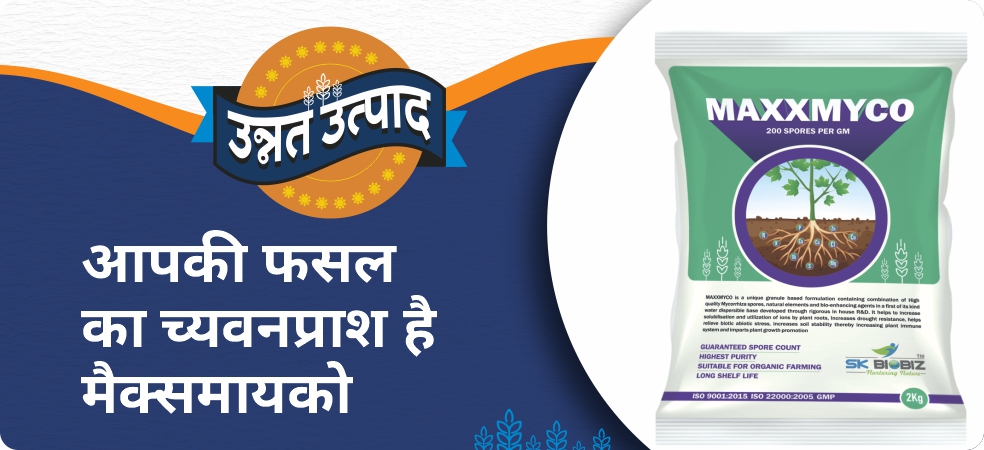-
Maxxmyco is a mixture of humic acid, seaweed, amino acids, and mycorrhiza.
-
This product is made of high-quality natural ingredients, it helps in increasing the activity of microorganisms in the soil,
-
Helps improve soil pH, provides a good start to the roots so that the root is fully developed resulting in good production of the crop.
-
Humic acid enhances soil water holding capacity by improving soil quality and enhancing white root growth.
-
Seaweed helps plants to get nutrients and amino acids enhance the photosynthesis process.
-
This results in better vegetative growth and also improves plant health.
-
It facilitates growth in every stage of the plant-like flower, fruit, leaf, etc. as well as the growth of white roots.
ShareFor such important information related to agriculture and agricultural products, keep reading Gramophone’s articles daily. Be sure to visit the market section of gramophone to purchase advanced agricultural products.








